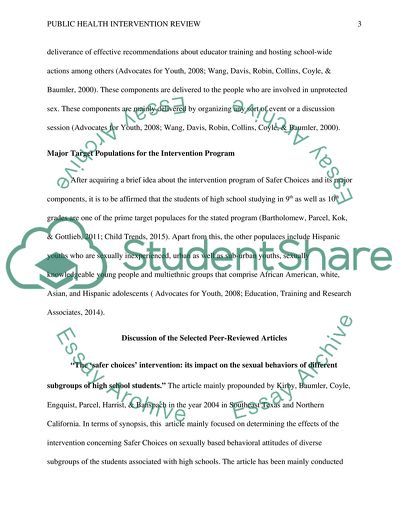Cite this document
(Safer Choices as a Public Health-Based Intervention Program Essay, n.d.)
Safer Choices as a Public Health-Based Intervention Program Essay. https://studentshare.org/health-sciences-medicine/1867921-public-health-intervention-review
Safer Choices as a Public Health-Based Intervention Program Essay. https://studentshare.org/health-sciences-medicine/1867921-public-health-intervention-review
(Safer Choices As a Public Health-Based Intervention Program Essay)
Safer Choices As a Public Health-Based Intervention Program Essay. https://studentshare.org/health-sciences-medicine/1867921-public-health-intervention-review.
Safer Choices As a Public Health-Based Intervention Program Essay. https://studentshare.org/health-sciences-medicine/1867921-public-health-intervention-review.
“Safer Choices As a Public Health-Based Intervention Program Essay”. https://studentshare.org/health-sciences-medicine/1867921-public-health-intervention-review.


